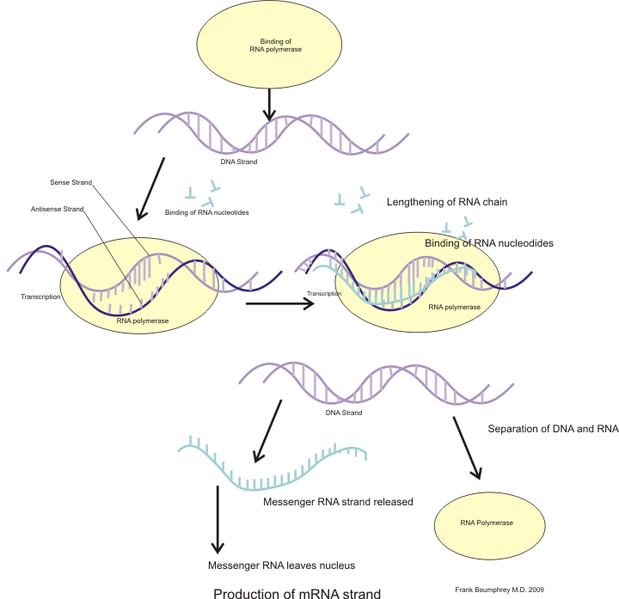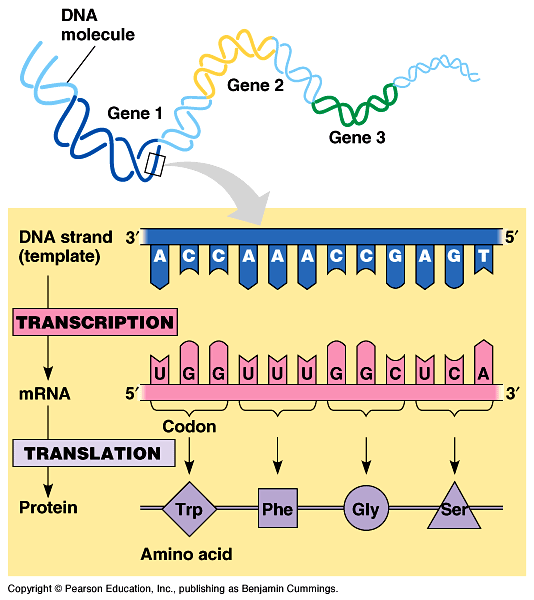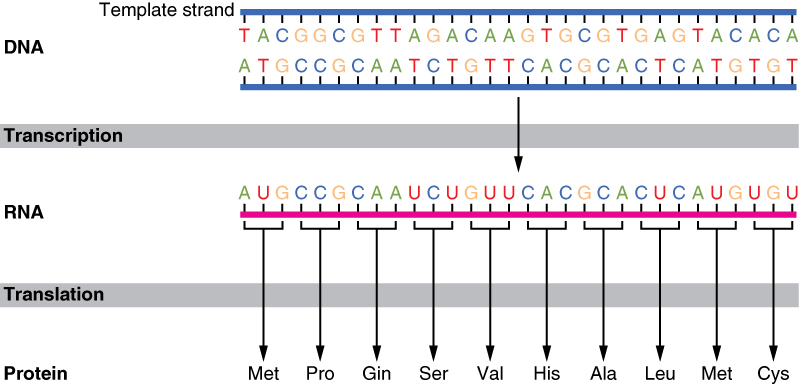Template Strand. Main Difference - Template vs Coding Strand. It is often useful to distinguish the two strands of DNA -- the strand that is copied into mRNA and subsequently translated has the mRNA complementary.

The template strand is complementary to the coding strand.
In the nucleus, DNA is replicated from the template strand.
Sometimes the terms "plus strand" and "minus strand" are used instead. It is this strand which contains codons, while the non-coding strand contains anticodons. A promoter is a double-stranded DNA sequence that is the binding site for RNA polymerase. • A template strand of the DNA is one which is complimentary to the mRNA sequence and serves as a template during transcription. •Template strand is also known as non coding strand.








